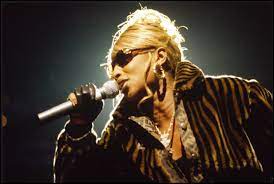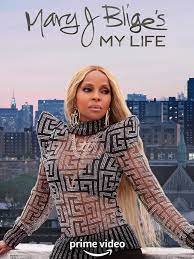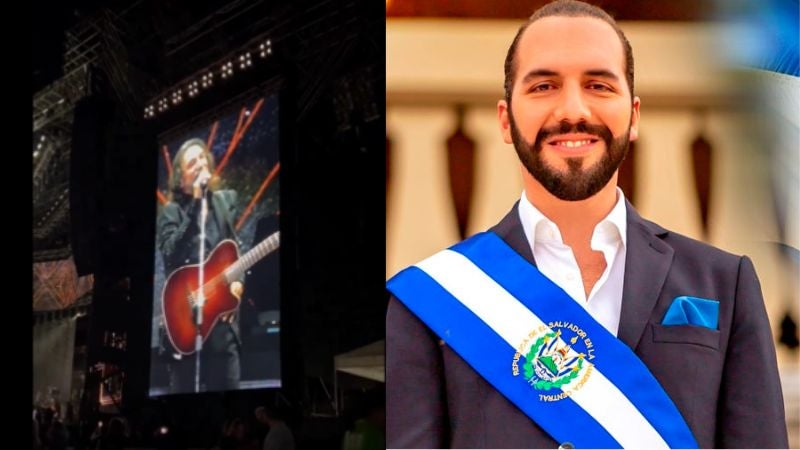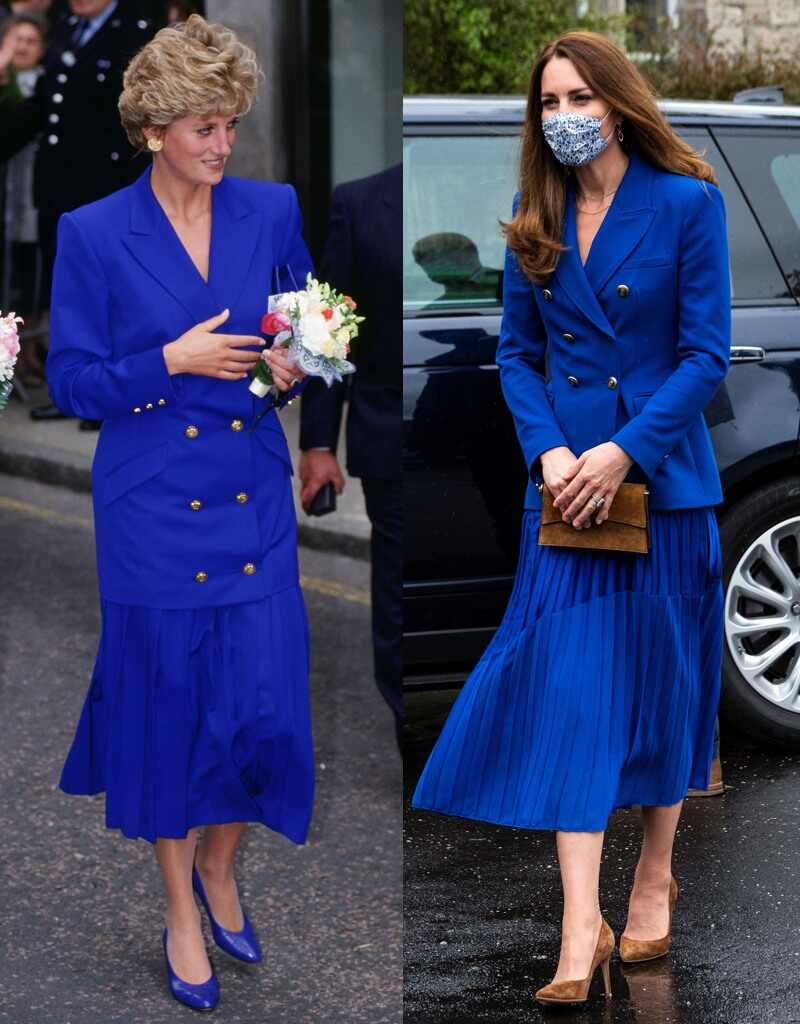With 13 collections, nine Grammy grants, and a huge number of records sold, Mary J. Blige has more than procured the title the “Sovereign of Hip-Hop Soul.” But My Life, another narrative showing up on Amazon Prime tomorrow, shows that the whiz’s excursion to the top hasn’t been without its battles.
The narrative, coordinated by Vanessa Roth, thinks back on one of Blige’s most popular collections, 1994’s My Life, which stays not just one of her generally close to home and crude collection to date—addressing her encounters in an oppressive relationship, battles with enslavement, and that’s just the beginning—yet additionally adequately shifted the direction of hip-bounce and soul music.
Raised by a single parent, Blige ached to seek after music, however, she tracked down that the lodging projects she lived in made it intense to think ambitiously. “With families in the tasks, it’s anything but a jail within a jail within a jail,” says Blige. “It’s kin harming individuals harming one another… I conveyed individuals’ agony, and I conveyed my torment.” Singing, she says, was her break from everything. “Singing caused me to fail to remember that we were battling to such an extent.”
At the point when she was 19, nonetheless, Blige got her huge break after a demo she recorded was shipped off Uptown Records. “At the point when Mary opened her mouth and sang, it’s anything but an age of kids and children who were emerging from [an area] where they raised themselves,” says Jeff Redd, a previous Uptown Records craftsman. Blige then, at that point started working with Diddy, who was with the mark at that point, and they created her first record, What’s the 411?. It’s anything but a success.
The film starts by investigating Blige’s childhood in Yonkers, New York. She went gaga for music after hearing “Everyone Loves The Sunshine” by Roy Ayers. “I don’t have the foggiest idea what’s in that record, however, there’s something in it that just aired out everything in me,” Blige says. “That was the primary music as a kid that hit with me since it caused me to fail to remember we live where we reside. That record caused me to feel like I could have something.”
Yet, it was on Blige’s subsequent collection, My Life, that the vocalist says she truly came into herself as a craftsman. At that point, Blige was in an oppressive relationship, and as yet wrestling with her newly discovered popularity. “I was unable to try and make the most of my prosperity,” she says, taking note that her ex would obnoxiously and misuse her while she recorded. “At the point when it began happening to me, everything I could consider was my mother, [who was likewise abused],” says Blige. “She was a contender.” But Blige directed those troublesome occasions into her music, writing tracks that were defenseless and legitimate. “I spilled myself into this collection,” says Blige. “The collection [was saying], ‘If it’s not too much trouble, love me, don’t go. I need you.’ It was a sob for help.”






